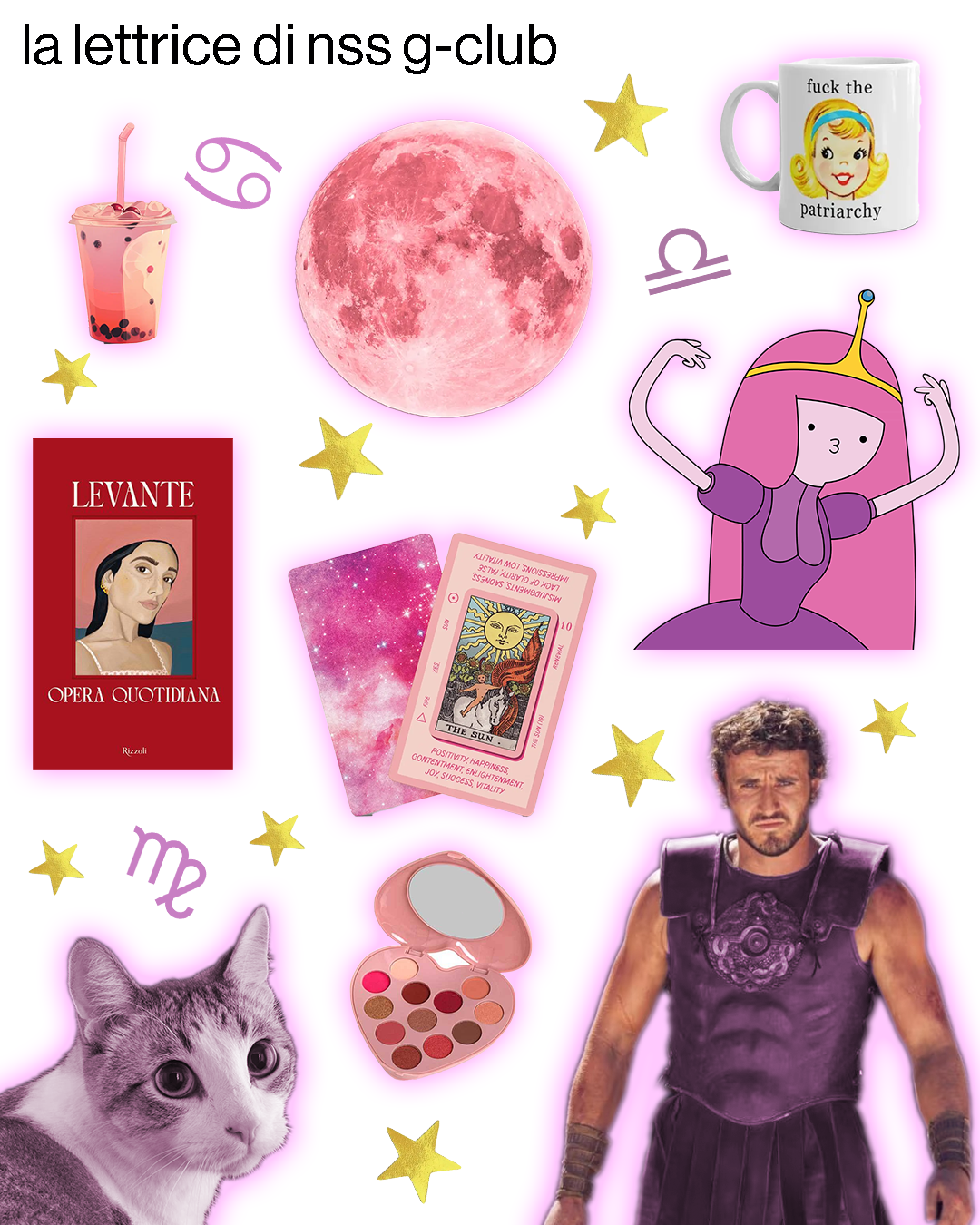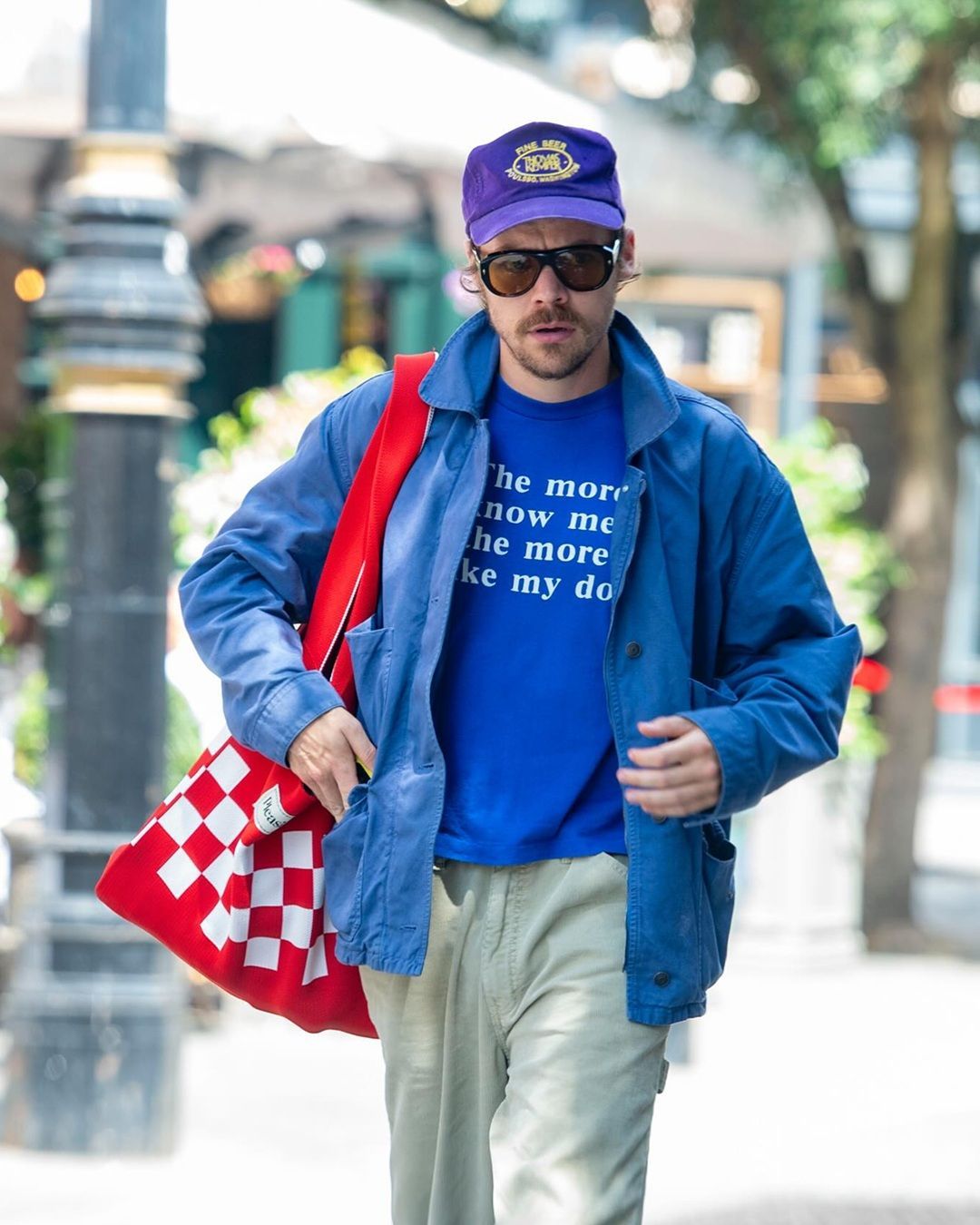
A collection of objects on Instagram tells us who we really are Online aesthetics, memes, and our identity in digital culture
Often, while scrolling through Instagram's Explore section or something shared by your closest friends, you may have been startled to see yourself reflected in posts made of objects placed on a white background. Usually, the accounts posting these images are tied to certain geographic locations (London, Amsterdam, Berlin), which is also the only element that differentiates them from one another. Otherwise, they are all quite similar: they feature the same products, such as the Mubi tote bag, Birkenstock sandals, expensive sneakers, ginger shots, spicy margaritas, and quilted jackets. In short, these are products enjoyed by a specific microcosm of people that become extensions of themselves, identity traits like eye color or height. We know that the popularity of memes lies in their easy replicability: however, this specific type of meme could be reproduced in microscopic variations, each time different but similar at the same time, endlessly.
A Sum of Small Things (of Great Taste)
The illusion of belonging to an elite comes through a sum of small things, as American sociologist Elizabeth Currid-Halkett argues in her book The Sum of Small Things, published in Italy in 2018. Currid-Halkett theorizes that the aspirational elite is a social class that no longer distinguishes itself through traditional luxury goods like jewelry or fancy cars, but through symbolic consumption choices that reflect a cultural and social identity. This choice of consumption does not correspond to a concrete necessity, but the consumption of a particular product (for example, natural, designer, eco-friendly, health-conscious) becomes a symbol of status (for example: "With my choices, I am eco-sustainable and also have good taste!").
Memes as Identity
To help analyze the visual communication of these memes, I sought the help of Giulia Giorgi, a researcher and adjunct professor at the University of Milan, in the Department of Political and Social Sciences. Giulia earned her Ph.D. in Digital Sociology in 2022 (University of Milan and University of Turin). Her doctoral thesis analyzes and explores the contribution of memes to the construction and expression of generational identities. Who better than her?
Participatory Culture + Ambivalent Culture
Giulia explained to me that to truly understand what memes are today, we need to see them as the sum of two aspects: the participatory culture of the internet and the ambivalent culture typical of web 2.0. Memes can be seen as a collective joke to which everyone contributes. Slowly, a sort of shared lore is constructed (that set of references and stories that only those with a certain cultural background can understand). The meme becomes a way to identify with a group that speaks the same language, understands, and appreciates certain cultural references. Is it a niche? Yes, but seen as something both cool and mainstream at the same time. And this identification with this lore has a liberating, almost exorcising value.
On Instagram, Irony Wins, But There's a Catch
Giulia emphasizes that memes, while identity-driven, are often created to poke fun and satirize. Their audience is made up of the same people who, seeing themselves reflected in the memes, jokingly mock themselves and distance themselves from what they see. It’s a bit like what happens with Gen Z, which has made distrust of the world a hallmark, embracing it with pride (on this topic, Giulia recommends this paper by scholar L. Chateau, Damn I Didn’t Know Y’all Was Sad? I Thought It Was Just Memes: Irony, Memes and Risk in Internet Depression Culture). So, when someone identifies with a meme, it's as if an ambiguous double mechanism is triggered: on the one hand, an identity is reaffirmed, on the other, there's a humorous detachment. It is precisely this enigmatic combination — belonging and detachment — that makes memes powerful identity tools, because they blend irony with a sense of belonging to a specific culture.
Finally, Giulia observes how, for many of these accounts, everything ultimately boils down to merch: they sell items, clothes, or prints tied to that specific memetic identity. This contradiction should not surprise us, as subcultures often end up this way: once their revolutionary and/or countercultural potential is exhausted, they are absorbed and commodified, losing part of their original drive. Thus, an aesthetic and cultural identity becomes merchandise, ready to be bought and worn like any other symbol of belonging.
























































